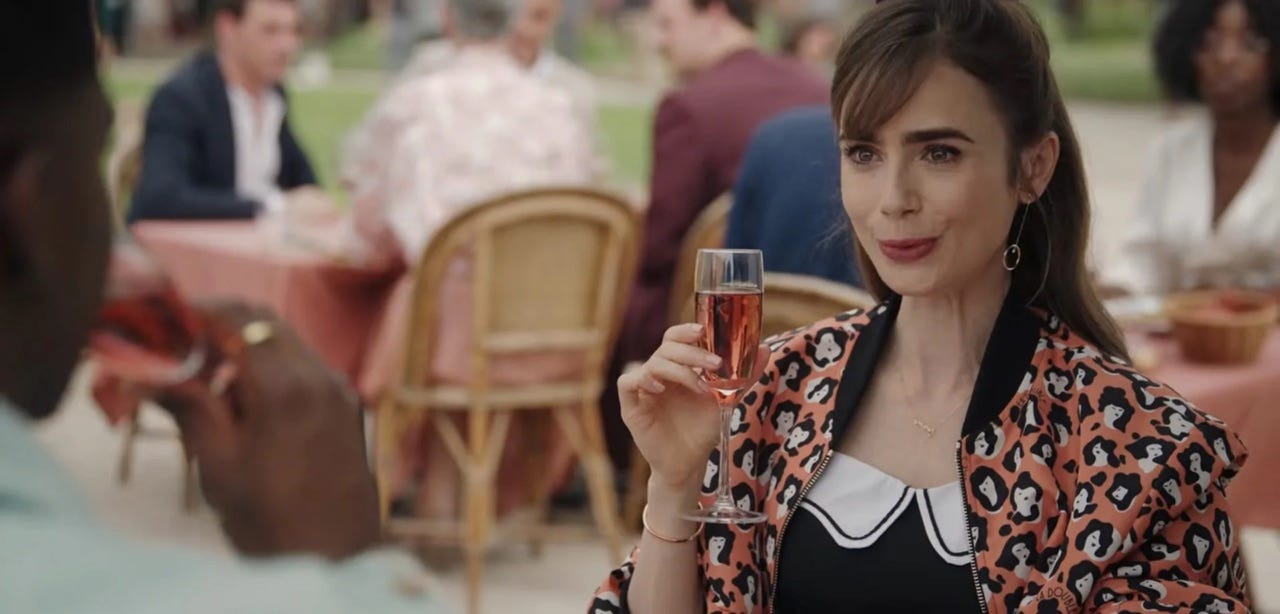Nice Work, Emily. You 'Discovered' the Champagne Cocktail...
First the Aperol Spritz, then the Negroni Sbagliato, and now the Kir Royale. It's the sparkling cocktail's world and we're just living in it. Here are a few new ones for your repertoire.
Culture moves at the speed of light, especially when it comes to drinks. It seems like yesterday when the Negroni Sbagliato (“with prosecco”) was being mispronounced into the popular imagination. But that was so October. By Thanksgiving, the Aperol Spritz was taking its star tu…

